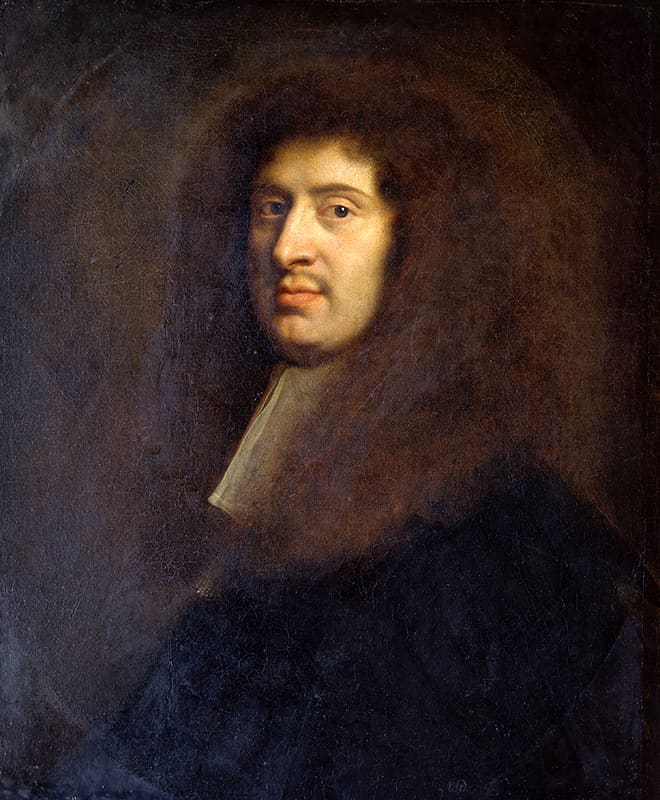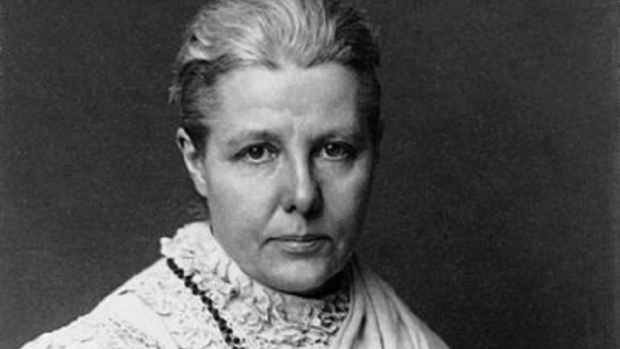France's King Louis XIV and the Montespan Poison Scandal
Fear and Paranoia at the French Court
L’affaire des Poisons consumed the French royal court in the late 1670s and early 1680s during King Louis XIV’s reign. Accusations abounded of witchcraft, the use of potions and poisons known as “inheritance powders,” suspicious deaths and seemingly improbable passions and alliances.
In 1675, Marie-Madeleine, Marquise de Brinvilliers, was placed on trial and found guilty of poisoning her father and brothers so that she and her lover, Godin de Saint-Croix, would inherit all of the family’s wealth.
Her assertion that “[h]alf the people of quality are involved in this sort of thing, and I could ruin them if I were to talk” created fear and paranoia in aristocratic circles. She was exaggerating, but there was merit to her statement.


La Chambre Ardente: The Burning Chamber
Towards the end of the 1670s, King Louis installed Gabriel Nicolas de la Reynie (1625–1709) as Le Premier Lieutenant Général De Police De Paris and as the leader of a special new commission, La Chambre Ardente (in English, The Burning Chamber) to establish how much truth lay in the rumours of foul play that included a death threat against the king.
During the three years that La Chambre Ardente operated, the commission sat in an oppressive chamber that had black cloths over the windows and limited torchlight under which suspects were questioned and quaked.
It was a busy commission. During the 1600s, it was not uncommon for magic to be suspected as a device for self-advancement. Murdering the courtiers in your path who blocked access to the king and his favour was not as unbelievable as it is today.
Women were charged with using magic, normally love charms and potions, much more often than men. Even the less honourable priests of the era sold potions and spells. Superstitions controlled actions to a bewildering degree.
A Royal Mistress Murders Her Rival?
King Louis XIV’s long-term term chief-mistress (maitresse-en-titre) Athénaïs, Francoise-Athénaïs de Rochechouart de Mortemart, Marquise de Montespan (1740–1707) was often called Madame de Montespan or La Montespan. She did not make it through the scandal unscathed.
Athénaïs had felt threatened at first by a rival for the king’s affections named Marie-Angélique de Scorailles de Roussille, Duchesse de Fontanges. When Marie-Angélique died aged 19, many in court believed that Athénaïs had arranged or carried out a murder, probably using poison. However, there was a flaw in their theory.
By the time of her death, Marie-Angélique had lost her initial allure and was ailing. Louis was frustrated that she refused to accept her moment, as the Sun King’s favourite was over. He expected her to remove herself from the court.
No proof was ever uncovered of Athénaïs’ involvement in Marie-Angélique or anyone else's death, but what damned her was her connection, as a client, to the love potion maker, abortionist, poisoner and alleged witch Catherine Deshayes Monvoisin, La Voisin.
A Life and Reputation at Stake
La Voisin’s associate Adam Couret, "Lesage", identified Madame de Montespan as La Voisin’s client. Marguerite, La Voisin’s daughter, testified that La Montespan’s former servant Claude de Vin des Œillets was the woman who collected the poison.
Later, she contradicted herself by saying that it was Athénaïs. Mademoiselle des Œillets suggested that the person who had paid the visits to La Voisin’s premises must have resembled her.
Recommended
Françoise Filastre, the late Duchesse de Fontanges’ servant was a friend of La Voisin and a known poisoner named La Filastra. She accused Athénaïs of employing her to murder Marie-Angélique and claimed that Abbé Etienne Guibourg (1610–1686) was the priest who carried out black masses for her.
The abbé confessed that he officiated at three black masses, but he had no recollection of when these took place. He conceded that he never saw the face of his female client. Françoise Filastre subsequently retracted her statement.
Athénaïs and the Regicide of the King of France
It was claimed that in 1665, La Voisin had concocted love potions for Athénaïs so that Louis XIV would fall in love with her. As the king and Athénaïs’ relationship began in earnest in 1667, this was seen by some contemporaries as proof enough that she was guilty of her rival's murder.
As Athénaïs was accused of placing ground infant bones in Louis’ food, taking black masses and committing infanticide to achieve her objective, Louis was shaken. He banned all public attendance at Athénaïs' hearing. Fortunately, Athenaïs had never shown a desire to commit regicide, so the accusation of attempting to kill Louis was dismissed.
La Voisin was arrested for poisoning the king for over a decade. The absence of Athénaïs’ arrest or a trial suggested to more cynical onlookers that there was a cover-up.

Gabriel Nicolas de la Reynie, Paris police chief and the head of the infamous La Chambre Ardente.
Wikipedia
King Louis XIV Delivers Punishments
La Filastra and La Voisin were burnt at the stake in 1680. Allegedly, La Voisin pushed the priest away at the execution site. The abbé was sentenced to life imprisonment, and his possessions were claimed by the state. Thirty-six people were executed by the conclusion of the La Chambre Ardente’s proceedings in 1682. Several key courtiers were saved by the king from trials.
Louis XIV created incontestable lettres de cachet issuing fines, imprisonment terms, galley service orders, exiles and banishments from France. He passed a new law in 1682 that all magic was fraudulent and the sale of poisons was to be state-governed but not outlawed.
Louis Moves On: A New Royal Mistress and Wife
Louis XIV regarded Athénaïs in a different light after L'affaires des Poisons, and his passion faded. She was dismissed from his side, but he still paid her frequent visits.
In her memoirs written during her retirement, she noted that “[t]he king...did not, on that account, return to that sweet and agreeable intimacy which had united us for the space of eleven or twelve years. He approached me as one comes to see a person of one's acquaintance...”
Louis was concerned about his popularity, and the sensible Françoise de Maintenon became his new maîtresse-en-titre. The king secretly married Françoise in either October 1683 or January 1684 after the death of his wife, Queen Maria Theresa.
Athénaïs committed herself to charitable and virtuous causes, as she grew uncertain in her twilight years whether her past behaviour had cost her her chance in heaven. To some people, she was still guilty of murder.
Sources
- Madame de Montespan and the Affair of the Poisons | History Today
- Scandal, Conspiracy and the Affair of the Poisons: Inside the Court of Louis XIV | HistoryExtra
- Affair of the Poisons | French history | Britannica
- Françoise-Athénaïs de Rochechouart, marquise de Montespan | French mistress | Britannica
- Athénaïs de Montespan, King Louis XIV of France's Mistress
More French Royal History
- Marie Antoinette: Frivolous Lamb to the Slaughter
Marie Antoinette, Queen of France was born Maria Antonia in Austria. She was married to the future King Louis XVI for political reasons. Love was irrelevant. Very quickly, if not before her arrival, her nationality and her personality made her an ene - Gaston, Duke of Orleans: The Black Sheep of the French Royal Family
Gaston, Duke of Orleans was the black sheep of the French royal family, and he was exiled several times by both Louis XIII and Louis XIV. - Madame de Pompadour, Louis XV of France's Love
Madame de Pompadour was born Mlle. Jeanne Antoinette Poisson in Paris in 1721. How did a young girl from the Paris suburbs become King Louis XV of France's mistress and remain a friend to him until she died?





